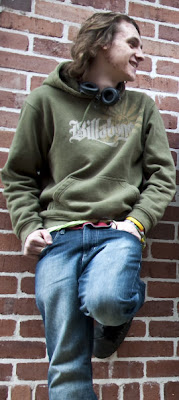
From the chart, you can see that the rock-based Kerrang! magazine has taken the largest hit in sales recently. It is published more often and so demands a more constant stream of money for the consumer to throw at it, this could be a deciding factor in purchasing or not.
Empire's figures have risen, but that is film-based, so will be discounted for the purposes of my research.
Mojo and Q have taken hits, but not as much as Kerrang, showing that indie and alternatives styles of music magazine are still popular in the public market. This shows that my idea of going toward an indie/alternative audience is a wise one, as the audience is still going strong.
This is from a ABC Press release:
"Q continues to be the UK’s biggest selling music monthly with a circulation of 100,172. Its unrivalled access has allowed it into Bruce Springsteen's inner sanctum, Noel Gallagher's family secrets and U2's make-up box for world-beating exclusives has not only driven newsstand sales of the magazine, but provided complimentary content for Q’s digital offering - qthemusic.com, Q TV and Q Radio. [This further compliments my idea of aiming for this audience, demonstrating a clear strong interest for this type of magazine. This is also monthly and so leaves the market open for a weekly or fortnightly magazine]
MOJO is the second highest selling music monthly after stable-mate Q at 97, 722. From Fleet Foxes to The Who to Nick Drake, MOJO remains dedicated to getting to the heart and soul of music - whether its new, cult or classic.
KERRANG! remains the UK’s best-selling music weekly at 43,253. Changes in market conditions and music consumption have affected sales, but Kerrang! remains committed to serving its passionate rock readership with a weekly dose of news, features and reviews of the weeks hottest, gigs, albums and new music." [This would suggest going for a rock orientated genre music magazine would be a bad idea, as the interest is fading]
The Audience for Q, as stated by the Bauer Media Group, is:
"Open minded experience seekers, the Q audience don’t define themselves by the music they listen to. Music is an important passion, but their love of music will never be to the detriment of their other passions, such as film, sport and comedy."
This is effectively the audience i am aiming for.
Source: http://www.bauermedia.co.uk/Press-Office/News/ABC-Circulation-Figures-January-June-2009/
























